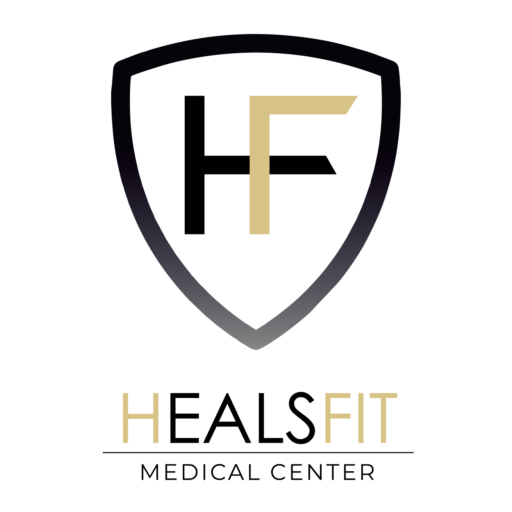Therapeutic massages and exercises
Exercises and therapeutic massages often share common indications, but their mechanisms of action and benefits are different. It's also important to understand that each category of massage and exercise has different objectives.

Therapeutic massage
It is a practice reserved for masseurs-physiotherapists, who are health professionals who
have received diploma training.
This practice intervenes in a medical and paramedical setting, to relieve symptoms and treat
pathologies that have been diagnosed and prescribed.
It differs from the wellness massage, carried out by other non-medical practitioners, mainly
in beauty salons or alternative therapy practises. These massage techniques are also taught
in training, they bring real well-being to people, but they cannot claim to treat any
pathology.
Exercices
Exercises are another major part of your treatment. They fall under active physiotherapy, which means that it is the patient who performs them, even if they are supervised by his therapist. Physiotherapy exercises aim to improve one or more of the following qualities: - Your posture - Your mobility - Your muscle strength - Your balance - Your coordination - Your flexibility. Either these qualities have been diminished by a disease or injury, and the objective is to recover them; or an injury or pain has highlighted a disfunction on one of these points. It is then a matter of correcting it, to treat the problem by its cause and avoid recidivism.

THE MAIN INDICATIONS OF MASSAGE AND EXERCISES
In physiotherapy, many pathologies can be treated or relieved by massages and exercises.
Most of the time, your physiotherapist develops a complete rehabilitation program
combining massages, exercises, and other physiotherapy techniques.
This in order to treat, most often:
Chronic pain, especially back pain (low back pain) and neck pain (cervicalgia) which are very common
Injuries following trauma (sprain, fracture...)
Post-operative problems: including pain, stiffness, or loss of mobility
Oedema (swelling), related to an operation or injury
The consequences of neurological disorders: pain, difficulty balancing or walking, reduced functional capacity...
This list is not exhaustive; it is by consulting your doctor, and possibly by performing examinations, that you will know if your pathology can be treated or relieved by massage- physiotherapy.
THE BENEFITS of MASSAGES AND EXERCISES
Exercises and massages often have common indications, but their mechanisms of action and
benefits are different.
You should also know that each category of massages and exercises has different objectives:
for example, prenatal massage and sports massage have notable differences!
To relax the skin, muscles and different tissues, which reduces pain
Maintain or even improve your joint mobility
Improve blood or lymphatic circulation, to accelerate your healing
Reduce stress, anxiety and improve sleep quality
As for therapeutic exercises, they have the benefits:
An improvement in your strength and muscle tone Prevention of pain, stiffness and other
uncomfortable symptoms.
Better blood and lymphatic circulation
An acceleration of your healing
An improvement in your daily comfort and autonomy
A feeling of control over your symptoms and your pathology
